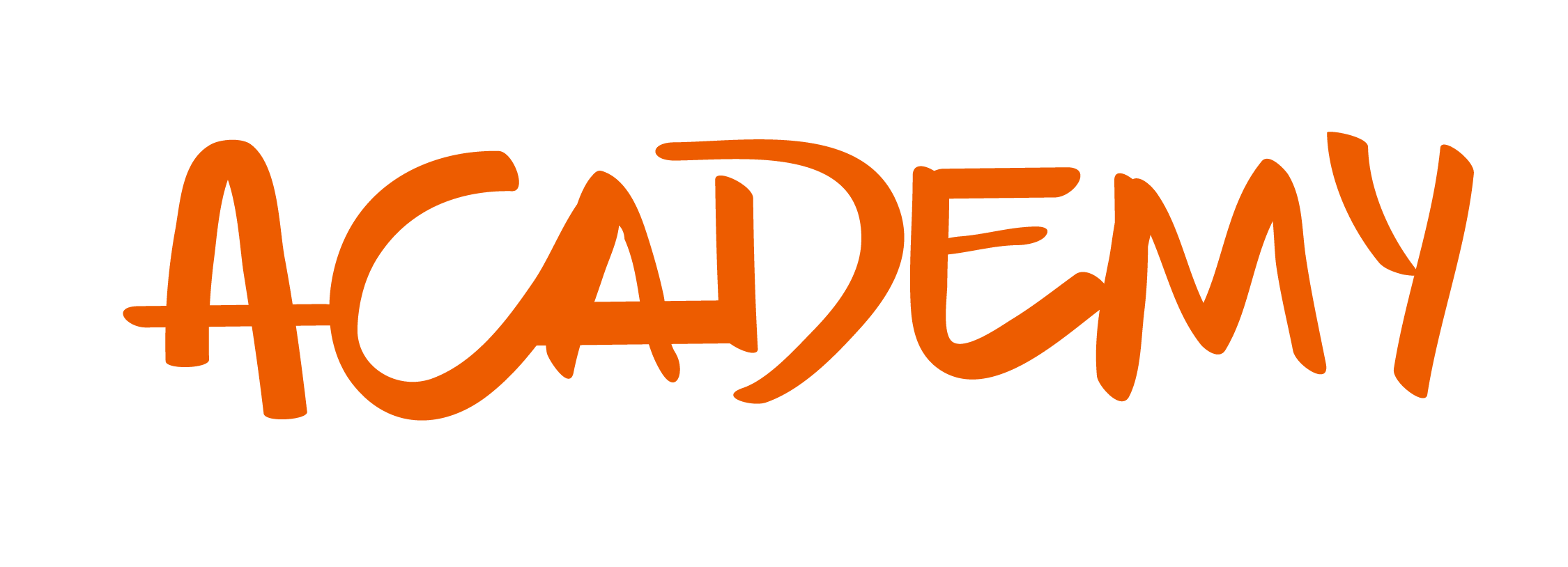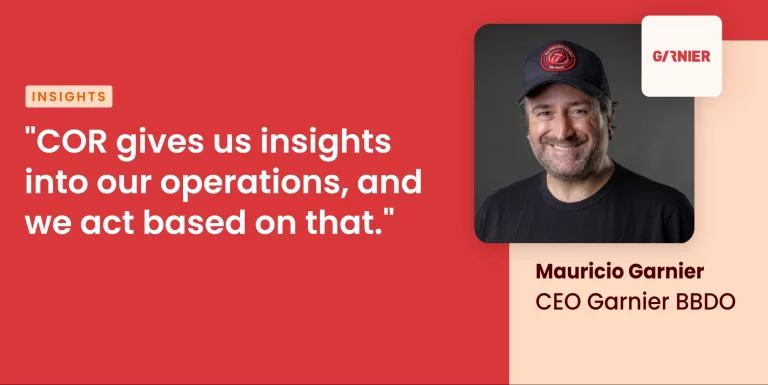Vision is one the most important characteristics of a great architect, and vision is not only sight. It’s being able to see more than what meets the eye, it requires a great deal of dedication and imagination to be able to find the hidden value of what lies ahead. It means having a unique and valuable bird’s eye view of an object or event, and how it interacts with its context.
The architectural practice and the construction industry have pretty specific requirements in order to be an orderly, efficient and profitable business. Building often involves many participants that need to perform unique and sometimes costly tasks in harmony in order to deliver the finished product. But the industry has the fame of being disorganized and uncoordinated in between teams.
Much has been said over the years about possible ways to modify this aspect of the practice for the better. Data is the main way forward, as many case studies explain. Most focus on visualization technology, but others can offer a wider scope of sight some aspect models offer. The Building Information Modeling (BIM) strives for the support of data rich systems in the field, and new technologies can even take that sentiment a step further.
Visualization Systems: What are they?
Visualization systems are digital solutions used in the architecture, engineering and construction industries that help support projects throughout the complete lifecycle of a project, from the design process to planning and presentation all the way through the final stages of delivery, billing and maintenance issues.
In the field of architectural design, when someone says visualization systems, one usually thinks about digital 3d models, 3D printing, computer-aided design walkthroughs of construction projects, even in large scale virtual reality presentations.
The design process is greatly aided by architectural visualization; some softwares can produce 3d walkthroughs from sketches at very early stages of the process. These are valuable to different design teams, helping them communicate and show the process in real time to other teams, stakeholders and clients, in order to get feedback on multiple stages of the project.
While development of the project continues, 3d visualization can help the team leading the project check the accessibility a building will have, and see if there’s something that doesn’t work, or would be an-intuitive. After breaking ground, and starting the construction process, visualizing helps construction crews see the finer details and complements the interpretation of blueprints.
Visualization tools are vital for collaboration and allowing for a more organized workflow during the design phase, in the development of a building design, for marketing in the housing sector and for modeling the details in final stages. Some advances in the field of augmented reality technologies are starting to make a huge difference, and could even let collaborators use virtual reality headsets to simulate a walkthrough and check a number of issues without having to physically be there. The interactivity of emerging technologies is a great aid when prototyping building components, or rethinking construction sites.
BIM
We skipped through the concept of Building Information Modeling, but we need to dedicate more thought to it.
In construction projects there’s multiple partners, each with different and specific roles. Each collaborator’s work will lead them to have a specific view of how the real-world project will look like, and this view is affected by the nature of that’s collaborator’s field of work. Designer’s focus on spatial structure and the built environment, climate engineers will treat climate zones as their main concern, a structural engineer about the bearing capacity of structures, etc.
Buildings and their parts, then, are viewed in different optics by people who can even be part of the same design team. And they are not the only ones involved, they could work for an architectural firm, and the founding partners also have a visualization of what that project means for their business. There are stakeholders, and clients involved as well, and they have their pertinent input as well. Then there’s the contractor, the cost calculation, the construction crew, etc.
There’s a great deal of collaboration required, and a lot of information going around. BIM is the process for creating and managing information on a construction project across the project lifecycle, with a description of each aspect of the built asset. BIM deals in data, and it has been the most prolific model since its creation. The collaboration and data sharing capacities need to meet the demands of the building industry and the construction sector.
How can they help my business?
Saying there’s untapped potential on how architecture firms can optimize their operations by implementing advances in information technologies is not news. Telecommunications, the rise of remote work solutions for collaboration, the internet and the use of digital design in projects using BIM has allowed some firms to change the way they do things for the better. Implementing networked communication systems, increased collaboration, and the change towards collective intelligence, don’t only nourish the craft and service architects can provide, but it also makes their business run smoothly and in a more profitable way.
Visualization, as we said before, it’s not only 3D modeling. It can mean the utilization of data for the improvement of the business side of architecture, construction and engineering. Technologies that help firms and businesses improve their margins and overall bottom line are vital for continuing the work done. Because every single business needs a certain level of profitability in order to continue their work, and develop new services and projects.
If you can see how much each project costs, how the designers manage their tasks, and how to communicate effectively and transparently in order to improve client relationships, then you have reached an optimal business visualization stage.
In the last years, with the continuous development of AI technologies, there’s been a proliferation of incredible softwares with the necessary features required to improve the workflow of design practices. In addition to this, the revolution in information and data gathering technologies, the “Big Data ” Revolution, merged with the digital technologies and their revolution in architecture around 2012 have set a path for a more data driven industry.
And these advances have played a key role in taking architecture and engineering processes to the next level. Data analysis has influenced the way designers think about architecture. It allowed for a shift in thought about elements, and how materials and shapes integrate with their natural surroundings. How urban landscapes affect those that dwell in them, how environmental elements factor in the creation of sustainable buildings, and how the real estate industry interacts with the social-economic sphere.
The industry has been gradually changing since the 80s, with large corporations taking on smaller firms. In order to remain afloat some firms or independent practitioners needed to change their ways to reach new markets and clients. In a post Covid 19 market, businesses need to take a look at their operations and make sure they are dedicating their resources towards profitable and interesting projects.
Digital in Architecture: Advantages & Examples
Tech innovations have supported developments in multiple fields. One of the most recent and influential development has been the creation of “Cybernetics” with a rich taprestry of engineering, neuroscience, computer science, and biology. One of the most noteworthy theory postulates that behaviour, human or machine, is part of a system of feedback loops of inputs and outputs that continuously merge together.
Alan Turing and his studies in computer science greatly impacted how we conceptualize neural networks, self-replication logics and information processing. These are vital for cybernetic architecture and adaptive building systems. They left a deeper understanding between humans, machines, and the landscape. There’s many designs that invite us to rethink how we relate to the spaces we occupy, about the organic nature of space, and how to better conditions without neglecting aesthetic design or ethics.
Fun Palace
Cedric Price conceptualized his “Laboratory of Fun” in the 1960s for the area of East End London. He worked with cyberneticist Gordon Pask and theater director Rem Koolhaas. They created a flexible framework with programmable spaces that was permeable to modifications born out of different needs and activities. The key concept was the idea of a building changing to meet any human needs that arise.
Pompidou
The Fun Palace was an inspiration to Rogers and Piano, founders of the Parisian Centre Pompidou. A flexible space, diagrammed to generate a vast and open area that can be used for multiple activities, optimizing the uses the building can provide. It invites visitors to wander around, absorbing the artwork that dwell in the Center, without a defined path. People walk through, and how they incorporate the collections is dictated only by their exploration of the space.
Evolutionary Algorithms as a new design process.
Julia and John Fazer took these concepts even further and researched the possible uses and implementations of generative and evolutionary algorithms in new models of design. The logic behind their projects is pretty simple: cybernetics allows for new forms of design, in which artefacts interact and evolve in harmony with the natural media, and society. Since every designed object has an obligatory interaction with the user and the environment, it can be understood as a cybernetic system. This translates into the incorporation of optimized functions in the generation process in order to create new forms that respond to the environment.
The Internet of things
With the global phenomenon that was the internet, new communication and collaboration technologies were developed. Architecture, engineering and construction (AEC) are deeply collaborative practices, and with the rise of communication solutions, the work based on collaboration could happen at a faster pace. Imagine the change between having to mail sketches, and then only having to email them in mere seconds. As more tools were developed, we reached a point in which designers could work together in real time in the design, even if they were miles away. This characterized the philosophical, scientific and technological shift towards a collective intelligence paradigm.
Application cation in AEC
AEC congregates creativity, design, and real world applications into a business. And although visualization solutions and digital advances can help create better buildings, sustainable architecture, and civil engineering projects than can enrich our quality of life, it still needs to be a profitable endeavour in order to make the wonderful pieces of art they have delivered in the past.
Taking the BIM concept one step further, management softwares are a great way of improving the reach of the industry. Creative professionals, like designers, usually have some issues tracking their billable hours and the human resources needed in order to reach a project delivery. There are many steps towards reaching the full scope of work a architecture project requires. There are many hours dedicated to creating prototypes, in the back and forth between the clients and the results, and the scheduling involves so many workers of different areas.
With a solution catered specifically to professional services, the ins and outs of profitability can be outlined, and the following internal operations streamlined. Data is what brought the AEC industry where it is now, at COR we want to continue this development and help architecture firms get better margins in order to follow more interesting projects to them.
Time tracking, for taking care of the talent and avoiding oversaturation and burn out. As well as getting a better read on the actual costs of each task and project. With this information fee negotiations are a simpler discussion, giving clients a complete idea of the processes involved, and how their money is spent in order to achieve their objectives.
Our AI powered, all-in-one project management solution can automatically tell the project manager if a project is going to be profitable or not. Our Profitability estimation feature can help firms take note in real time if a project is becoming too costly, and allows them the knowledge to make modifications in order to keep good margins.
Automation is a big part of liberating the talent from mundane tasks, and letting them dedicate their efforts in more complex endeavours. Our reporting capabilities help financial and accounting employees know what area needs to be modified, and which services are not cost efficient. With instant cross referencing, firms can see what clients are the most loyal, and thus they can put more effort in developing significantly smarter business relationships, as well as data driven decision-making.
If you wish to see how we can improve your margins, and take better care of your talent, request a demo today.















